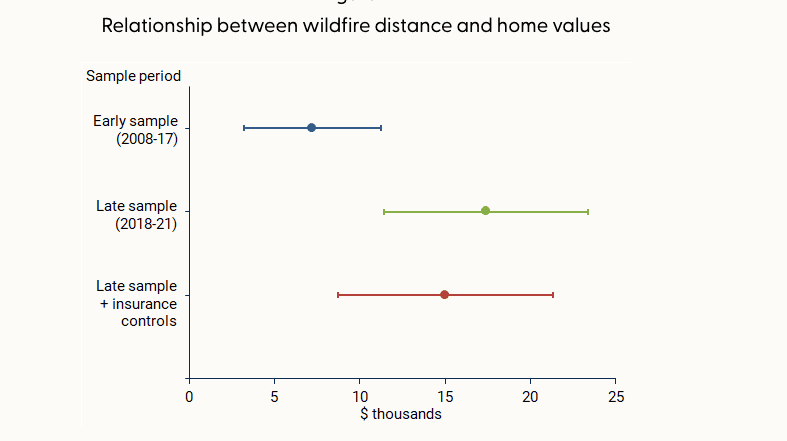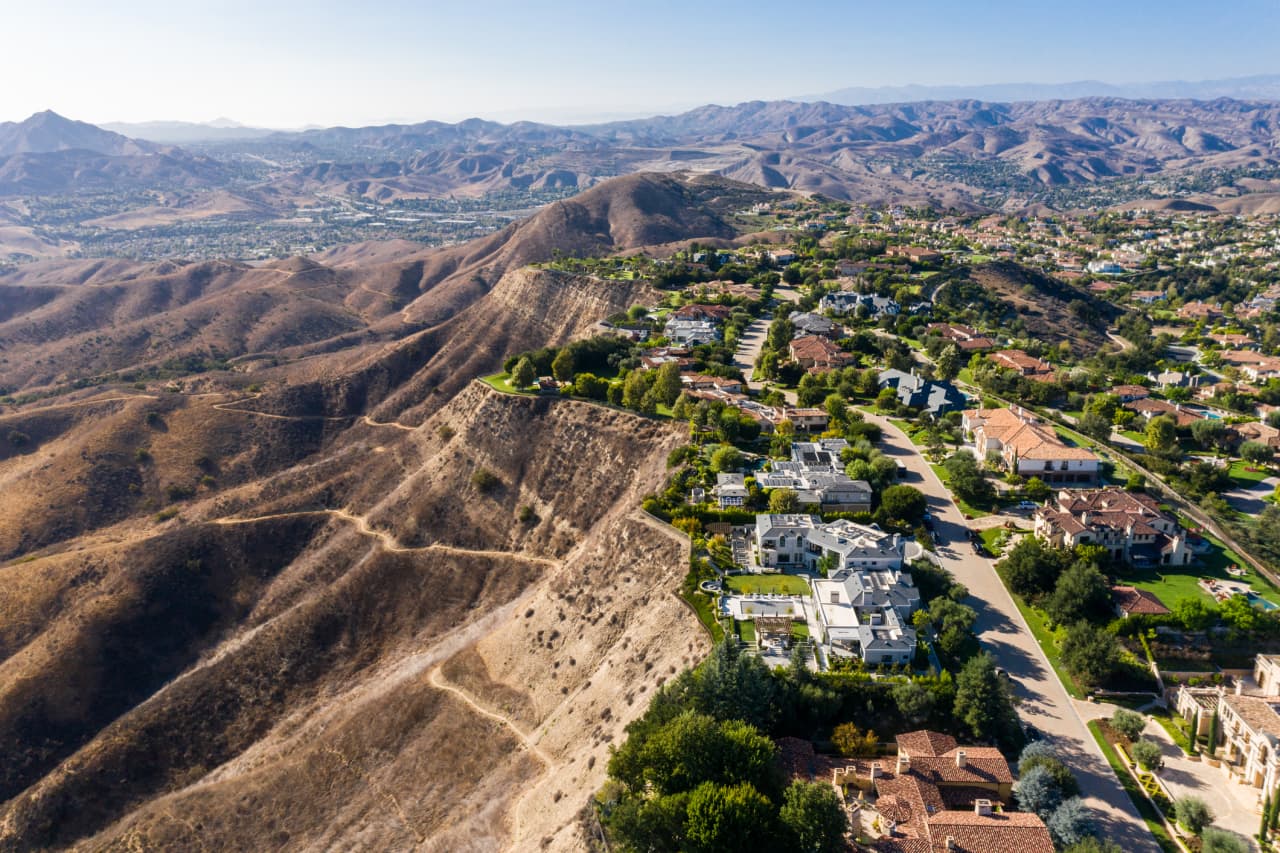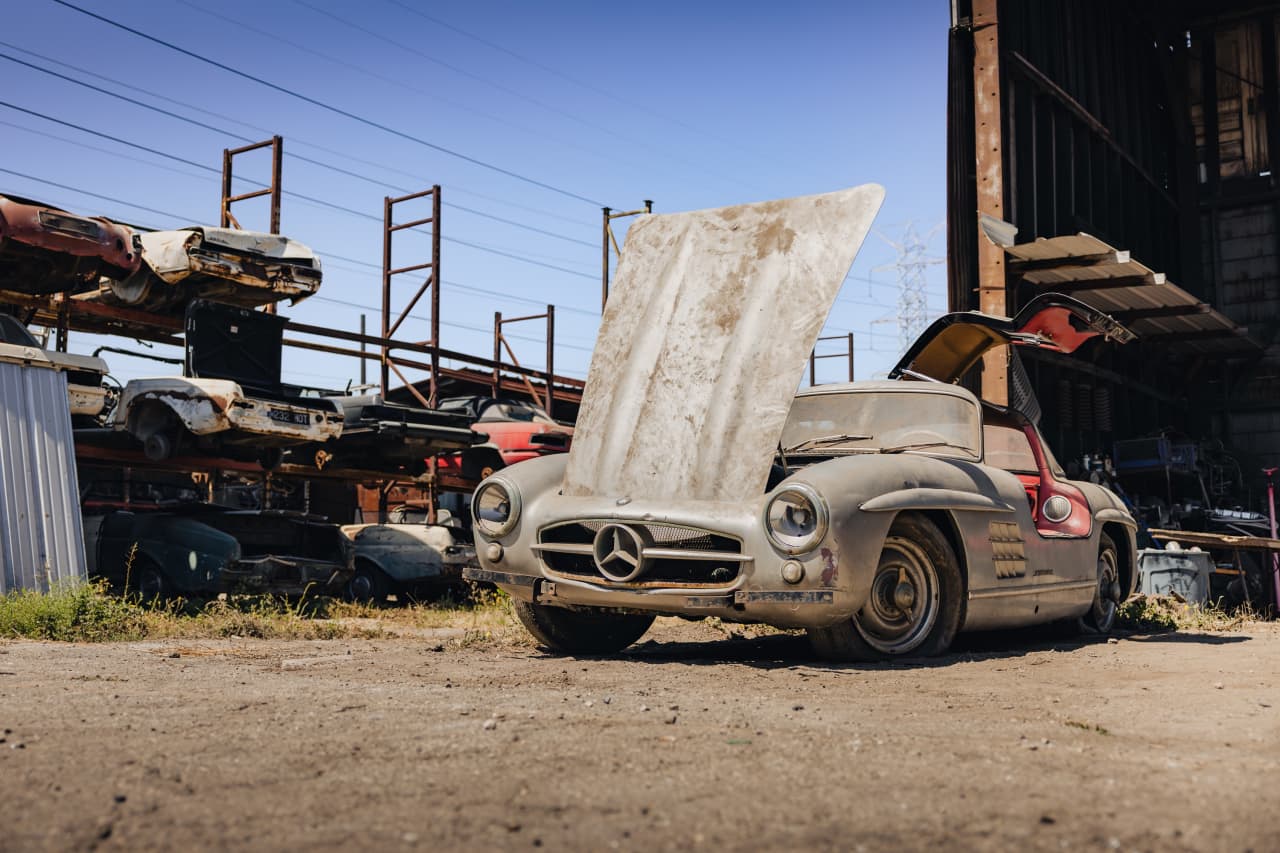Demand for historic, inland homes is driving the latest housing boom in Ibiza—Spain’s party-loving island in the Mediterranean that’s better known for attracting celebrities and business tycoons to rent seaside villas or bask in their mega yachts along the coast.
Prices for renting or buying a property on the island have long been a pricey proposition, with demand high and inventory low. Since the start of the pandemic, however, this interest has grown significantly, along with prices. Waterfront properties are perennially popular and glamourised in the global press, but the residential market on the inner part of the island away from the sea has underpinned this recent spike, according to Jack Harris, a partner in the International Residential Department at the London-based firm Knight Frank.
“The coastal areas are more touristic, and as a result, they’re more transient and seasonal, with a fluctuating population that peaks in summer,” he said. “The centre of the island is a year-round destination with a variety of villages that bustle with life that include festivals, Christmas markets, art galleries, restaurants and more.”
Located off Spain’s eastern coast and one of the main Balearic islands, Ibiza may rank as the world’s most legendary party destination. It’s a culture that’s epitomised by the electronic dance music scene and nightclubs such as Pacha and Hi, where all-night bashes are the norm and tables command up to $50,000. According to Serena Cook, the founder of the luxury lifestyle company Deliciously Sorted Ibiza and a local resident, Ibiza has always been a hub for creatives.
Cook added that Ibiza’s mild winters, which see plenty of sunny days, have attracted home buyers to move there full time. People also come for the free-spirited vibe
“It’s a free-spirited place where anything goes, and there’s a melting pot of different nationalities,” she said. “In the last half-decade or so, it has gotten more and more luxury-focused.”
Booming Inland Towns
Santa Gertrudis is at the epicentre of inland living and has numerous notable restaurants and cafes as well as the international children’s school Morna International College, where transplants and locals enrol their children. Other towns include Sant Joan de Labritja and Sant Josep de sa Talaia.
In contrast to the contemporary villas typically near or on the water, these inland areas stand out for their fincas—either traditional homes dating to the 18th and 19th centuries that are constructed of mud and stone or new properties built in the classic finca style but reinterpreted for modern-day living. Harris and Cook said that the latter are hard to come by because the local government is stringent about protecting the landscape and doesn’t grant permits easily.
Fincas feature views of hills and olive trees instead of the ocean, and over the last three years, Harris said, the market for them has appreciated in the double digits.
“The advent of remote working is in large part behind this rise,” he said. “People are drawn to the serenity of the countryside, the amount of outdoor space you can get and the fact that you’re surrounded by nature.”
Given Ibiza’s relatively small size, the coast from any of these inland towns is less than a 30-minute drive away.
“If you feel like going snorkelling one day, you can choose the beach with the calmest water, and if windsurfing is what you’re after, you’re never too far from the beach with the best wind,” Harris said.
Local real estate firms also report an increase in sales of inland properties. It’s a local boom that’s defying a global slowdown that’s impacted high-end markets from London to Berlin in the face of rising interest rates and economic uncertainty.
Javier Medina, an agency manager at the real estate firm John Taylor Ibiza, said that his company has seen “soaring sales” in the past two years. “We had an increase of 30% in the first half of 2023 compared with 2022,” he said.
Meanwhile, Cook said her business “has gone through the roof.”
“We’ve jumped by 20% and sold five countryside homes last year for US$5 million or more,” she said. Inland homeowners include buyers from the U.S., especially New Yorkers and tech entrepreneurs from the West Coast, Europeans from countries such as England, France and the Netherlands. Several notable examples include the French designer Isabel Marant and the New York art gallery owner Howard Greenberg.
In following the trend, Cook herself sold her coastal home in 2021 and moved to a countryside property because she wanted more outdoor space and a garden to grow her own produce. Cook is the founder of Ibiza Preservation, a nonprofit that protects the local environment. The group recently reported that organic farming in Ibiza has jumped 20% in the last 10 years, with many inland homeowners growing their own fruits and vegetables.
Not Exactly a Bargain
A finca’s lack of sea views doesn’t mean bargain pricing, Harris said.
“With pricing high, your money shall certainly go further inland in comparison with the coast,” he said. “That said, properties historically hold their value no matter where they are.”
A countryside finca that’s in good condition and has four bedrooms, open views, a swimming pool, pool house, multiple outdoor terraces and possibly some olive trees, costs at least US$3.5 million, Harris said. Coastal properties of the same caliber are more than US$5 million and can be higher if they offer especially dramatic views.
The architecture firm Blakstad Ibiza is behind the most sought-after and priciest inland homes. Founded by Rolf Blackstad in the 1960s, it’s now run by his son, also named Rolf. The company refurbishes rundown fincas and also builds new ones, the younger Blakstad said, with prices averaging between US$6 million to US$18 million for a property.
“We had a half dozen or so projects a year pre-Covid, but now work on a dozen,” he said.
Blakstad’s fincas typically span between 5,000 and 6,000 square feet and feature sustainably sourced timber, bedrooms with outdoor showers, solar energy, large doors that open to outdoor spaces such as terraces and gardens that may blend into farmland.
As an example, Knight Frank is currently offering a renovated turnkey Blakstad-designed finca in the village of San Rafael that costs close to US$6.5 million and is set on a hillside. Surrounded by pine forests and Mediterranean plants, it has five bedrooms spread over a main and guest house, five baths, an abundance of outdoor space including a landscaped garden and a swimming pool.
“Ibiza’s parties will forever be iconic and appeal to tourists,” Harris said. “Look a little deeper, however, into the middle of the island, and you’ll discover why so many people are choosing to make it their home.”
 Copyright 2020, Dow Jones & Company, Inc. All Rights Reserved Worldwide. LEARN MORE
Copyright 2020, Dow Jones & Company, Inc. All Rights Reserved Worldwide. LEARN MORE
What a quarter-million dollars gets you in the western capital.
Alexandre de Betak and his wife are focusing on their most personal project yet.
Report by the San Francisco Fed shows small increase in premiums for properties further away from the sites of recent fires
Wildfires in California have grown more frequent and more catastrophic in recent years, and that’s beginning to reflect in home values, according to a report by the San Francisco Fed released Monday.
The effect on home values has grown over time, and does not appear to be offset by access to insurance. However, “being farther from past fires is associated with a boost in home value of about 2% for homes of average value,” the report said.
In the decade between 2010 and 2020, wildfires lashed 715,000 acres per year on average in California, 81% more than the 1990s. At the same time, the fires destroyed more than 10 times as many structures, with over 4,000 per year damaged by fire in the 2010s, compared with 355 in the 1990s, according to data from the United States Department of Agriculture cited by the report.
That was due in part to a number of particularly large and destructive fires in 2017 and 2018, such as the Camp and Tubbs fires, as well the number of homes built in areas vulnerable to wildfires, per the USDA account.
The Camp fire in 2018 was the most damaging in California by a wide margin, destroying over 18,000 structures, though it wasn’t even in the top 20 of the state’s largest fires by acreage. The Mendocino Complex fire earlier that same year was the largest ever at the time, in terms of area, but has since been eclipsed by even larger fires in 2020 and 2021.
As the threat of wildfires becomes more prevalent, the downward effect on home values has increased. The study compared how wildfires impacted home values before and after 2017, and found that in the latter period studied—from 2018 and 2021—homes farther from a recent wildfire earned a premium of roughly $15,000 to $20,000 over similar homes, about $10,000 more than prior to 2017.

The effect was especially pronounced in the mountainous areas around Los Angeles and the Sierra Nevada mountains, since they were closer to where wildfires burned, per the report.
The study also checked whether insurance was enough to offset the hit to values, but found its effect negligible. That was true for both public and private insurance options, even though private options provide broader coverage than the state’s FAIR Plan, which acts as an insurer of last resort and provides coverage for the structure only, not its contents or other types of damages covered by typical homeowners insurance.
“While having insurance can help mitigate some of the costs associated with fire episodes, our results suggest that insurance does little to improve the adverse effects on property values,” the report said.
While wildfires affect homes across the spectrum of values, many luxury homes in California tend to be located in areas particularly vulnerable to the threat of fire.
“From my experience, the high-end homes tend to be up in the hills,” said Ari Weintrub, a real estate agent with Sotheby’s in Los Angeles. “It’s up and removed from down below.”
That puts them in exposed, vegetated areas where brush or forest fires are a hazard, he said.
While the effect of wildfire risk on home values is minimal for now, it could grow over time, the report warns. “This pattern may become stronger in years to come if residential construction continues to expand into areas with higher fire risk and if trends in wildfire severity continue.”















